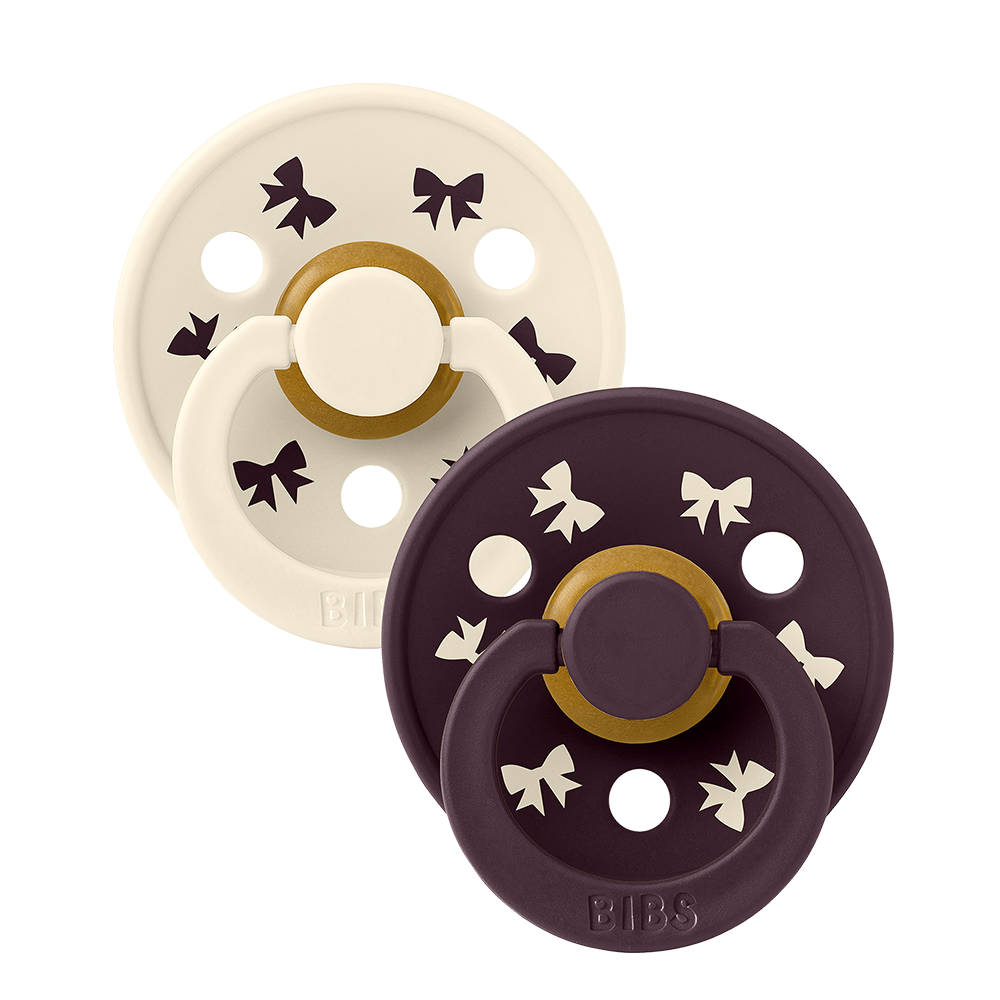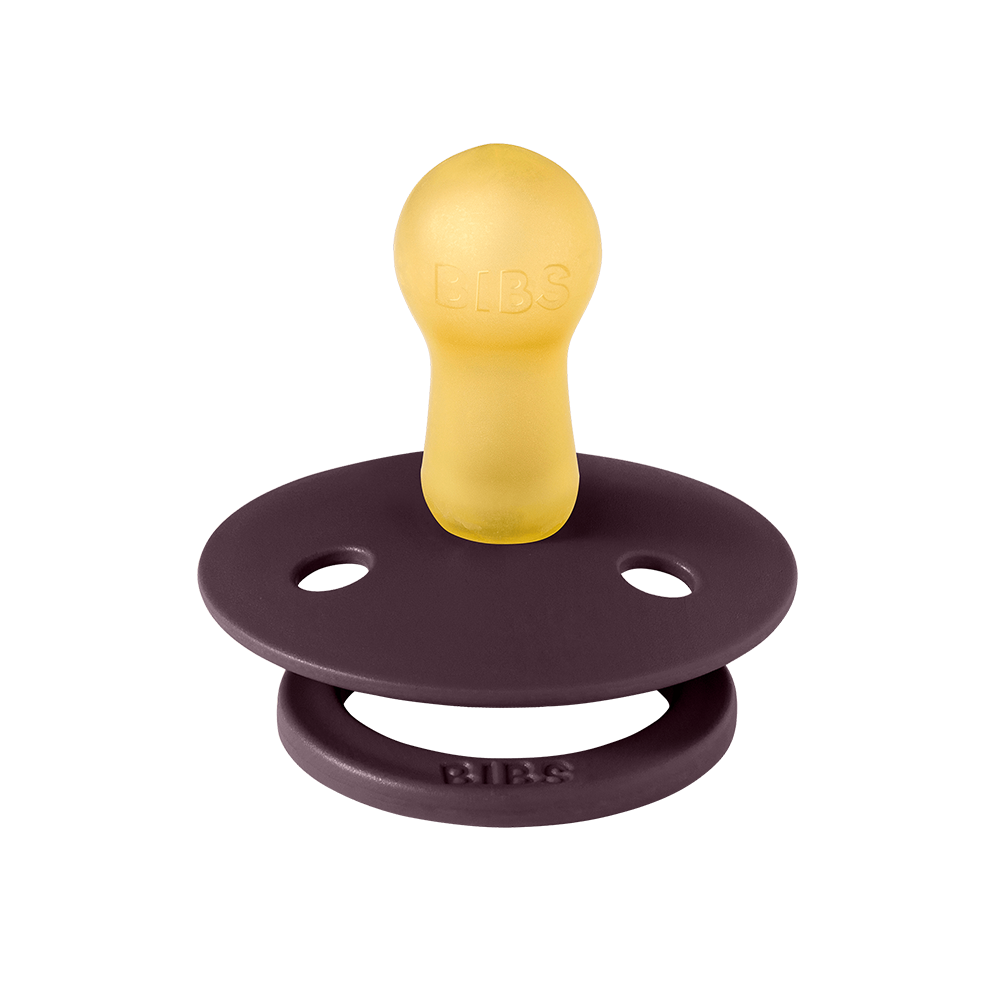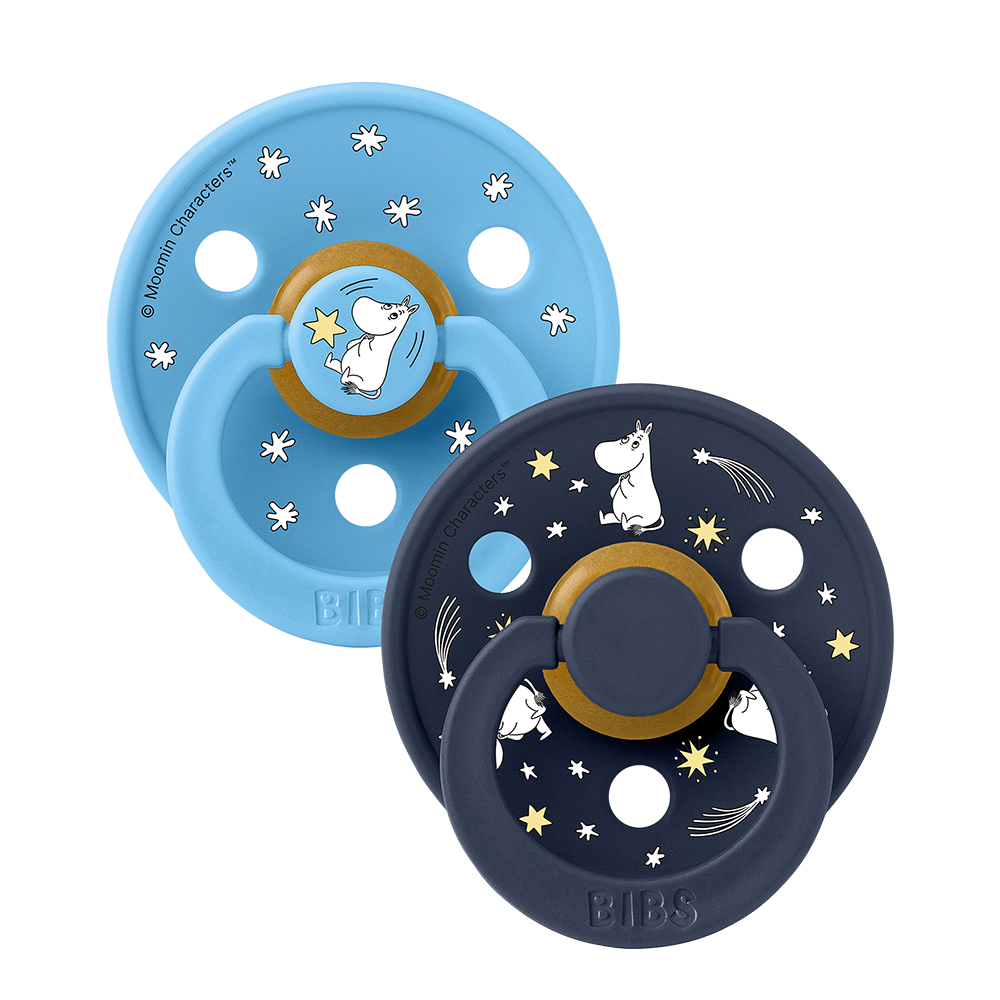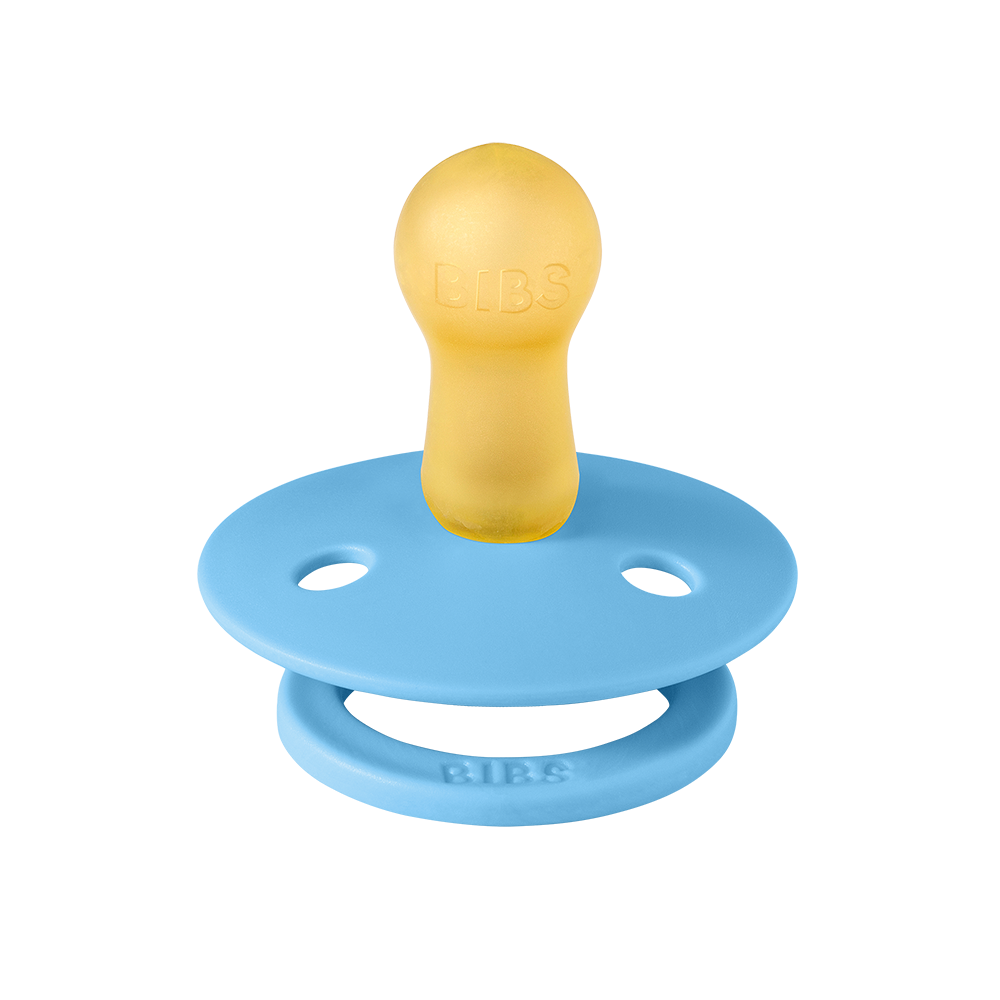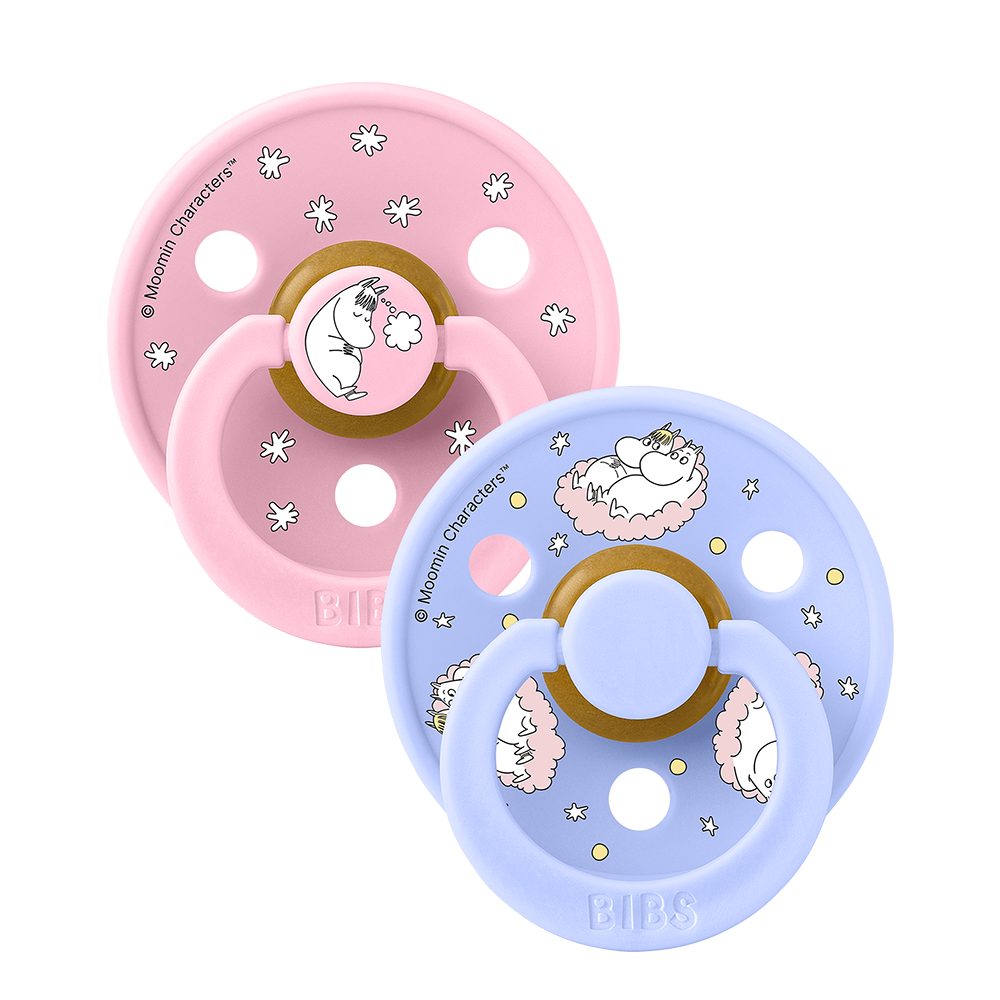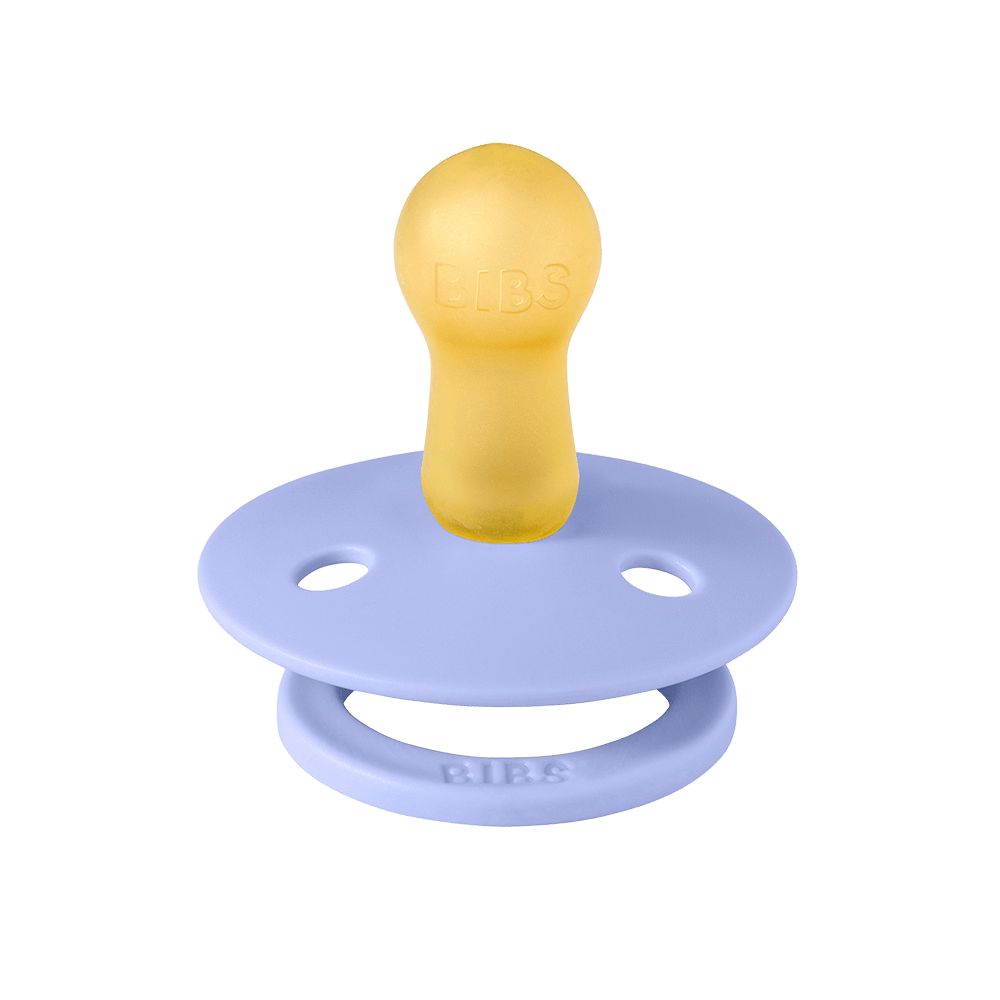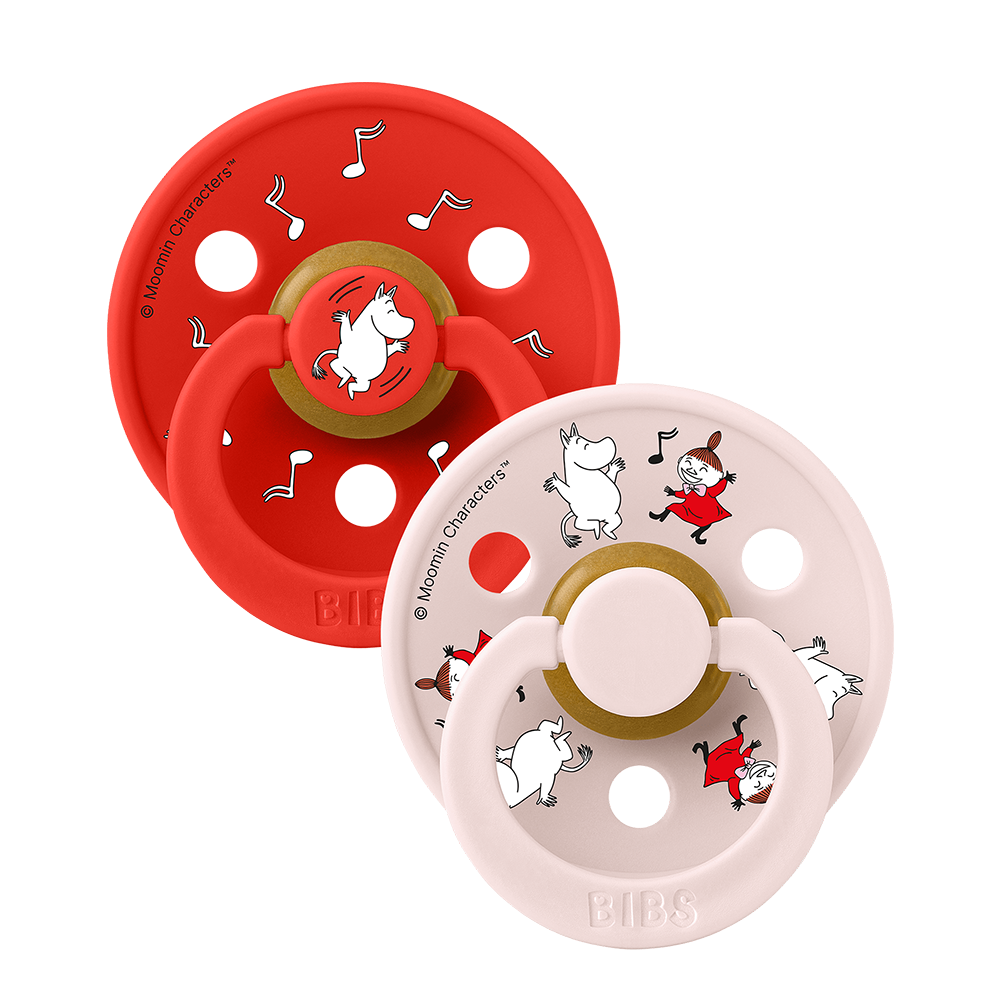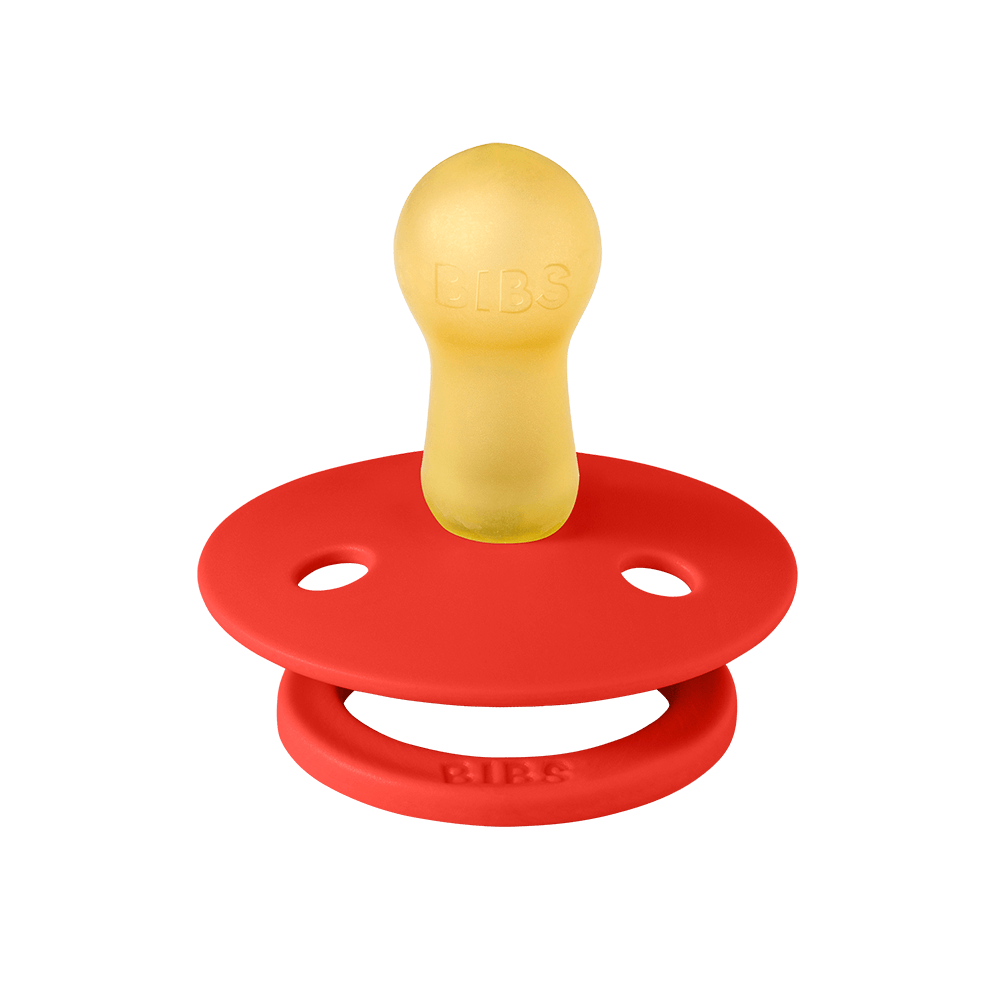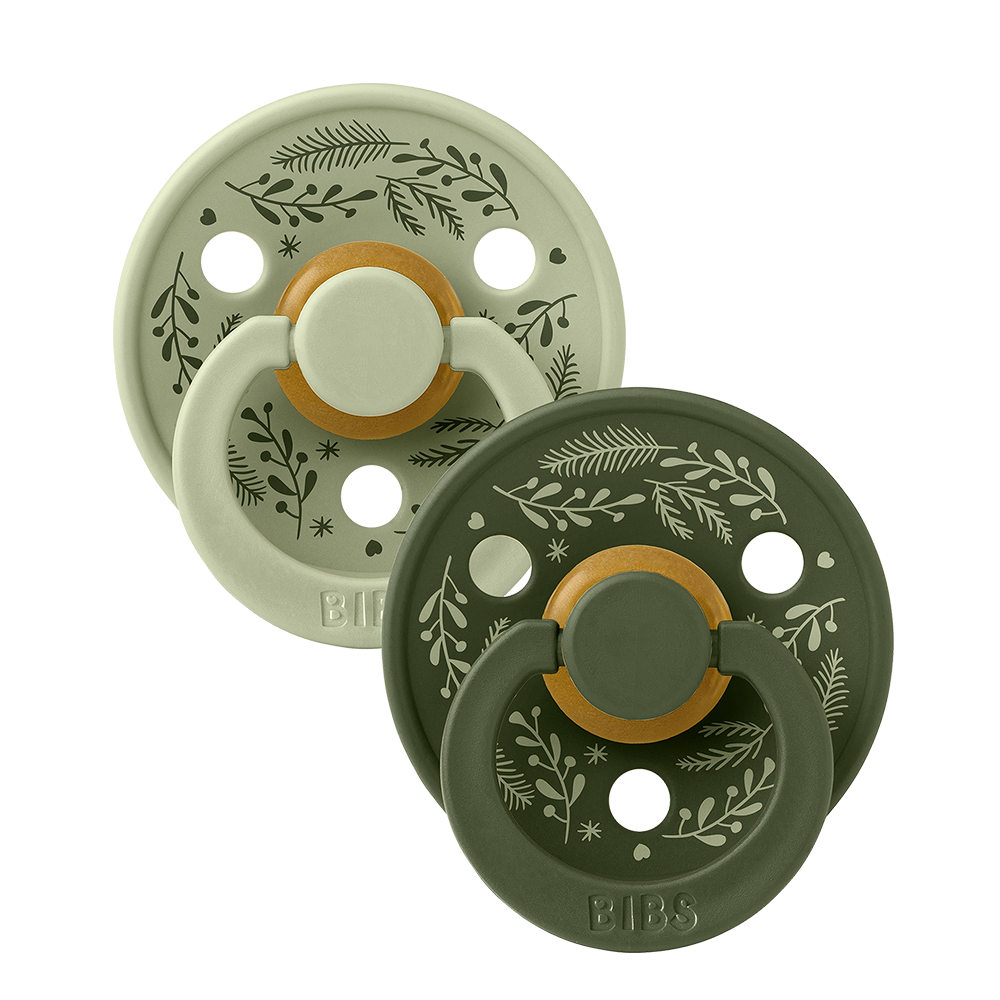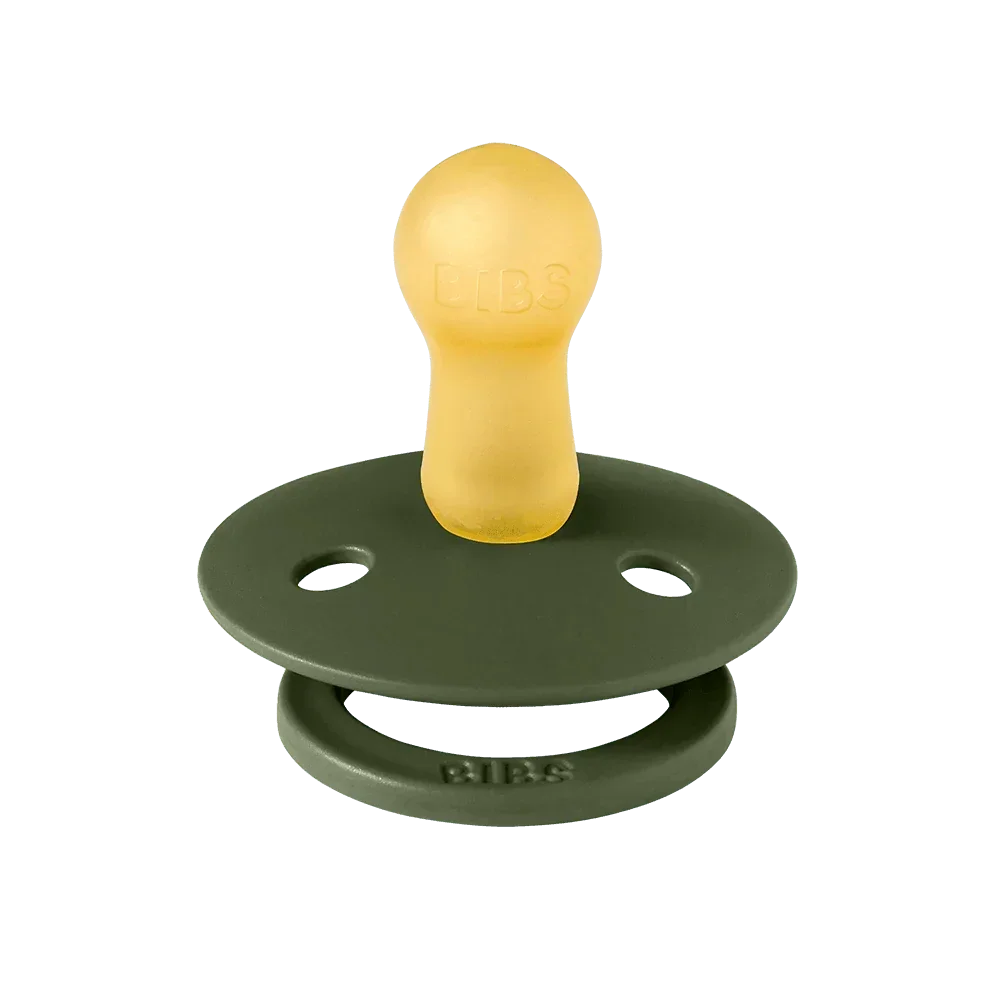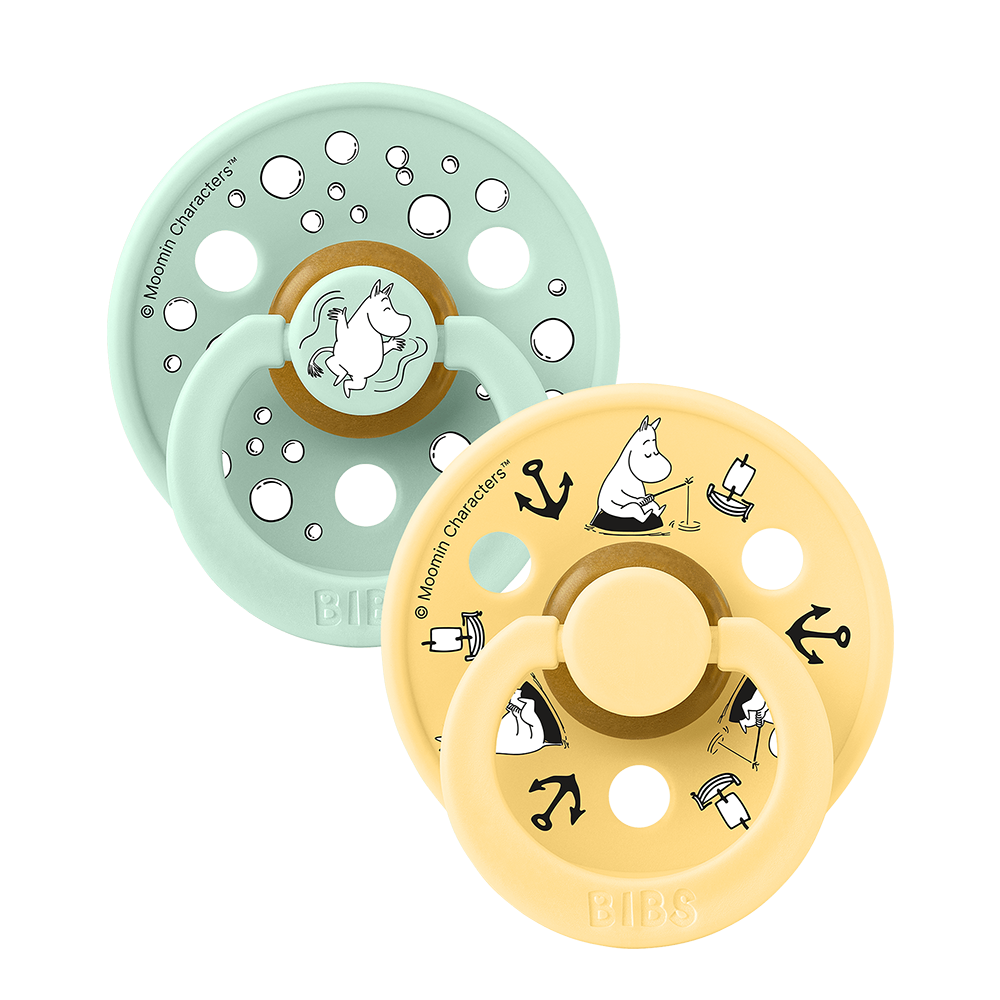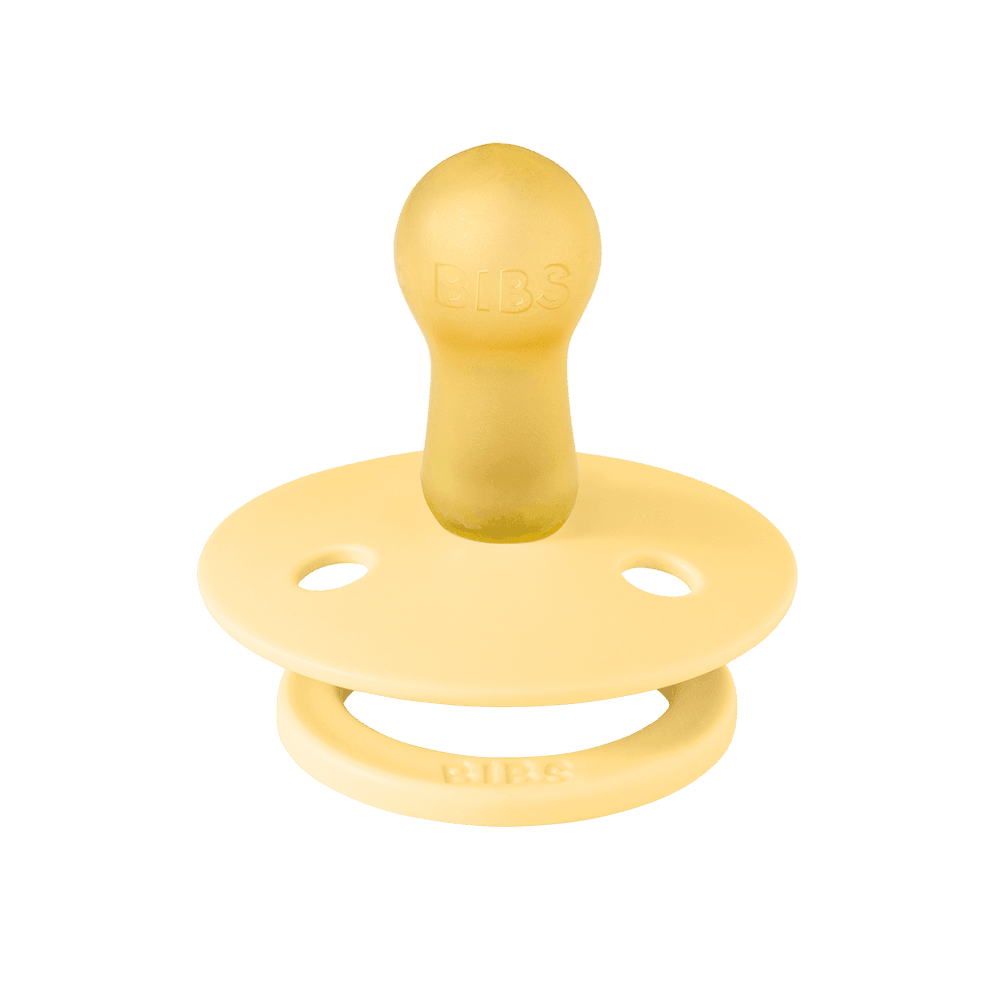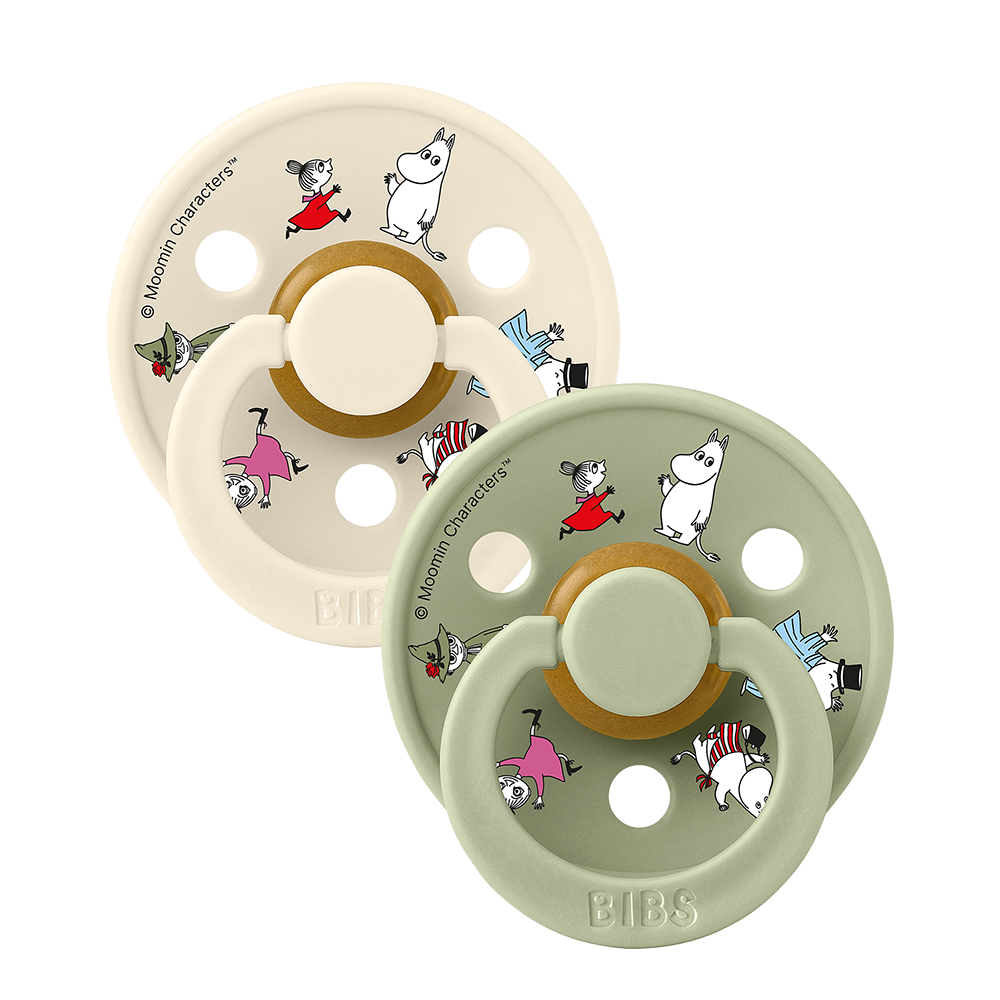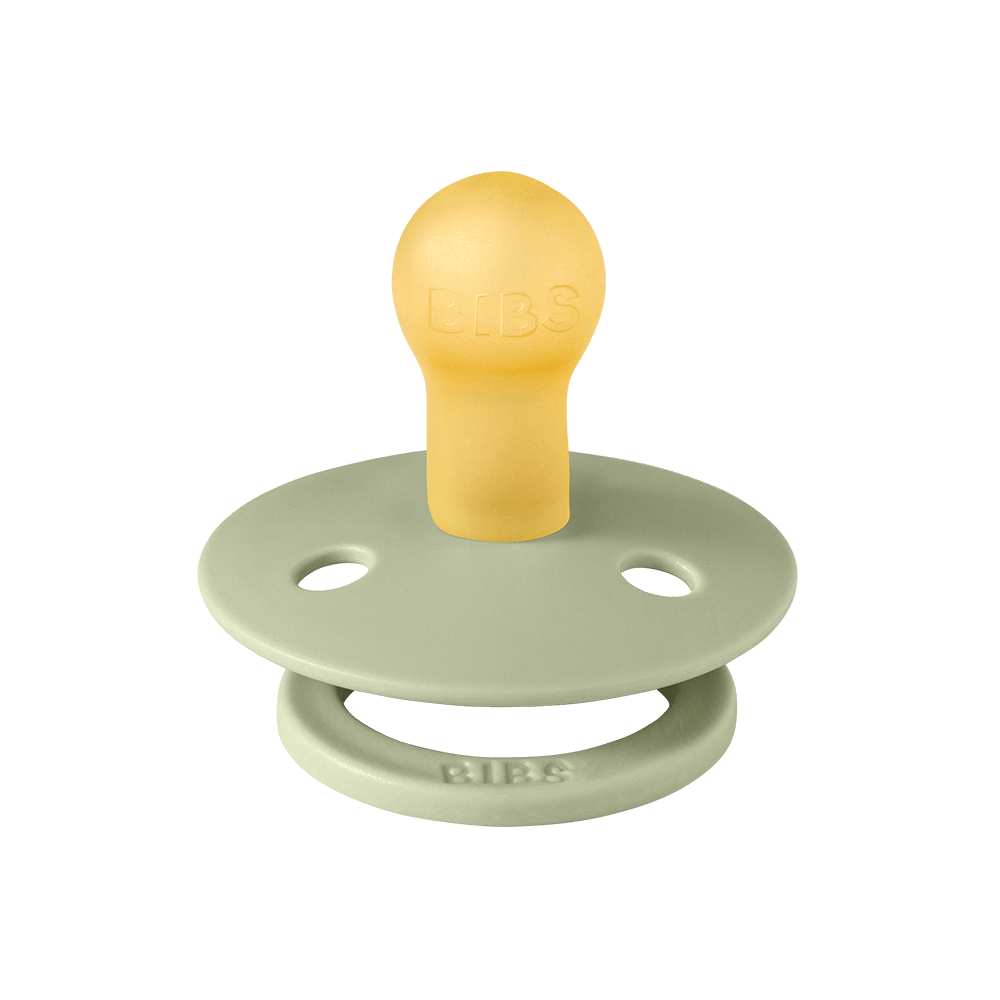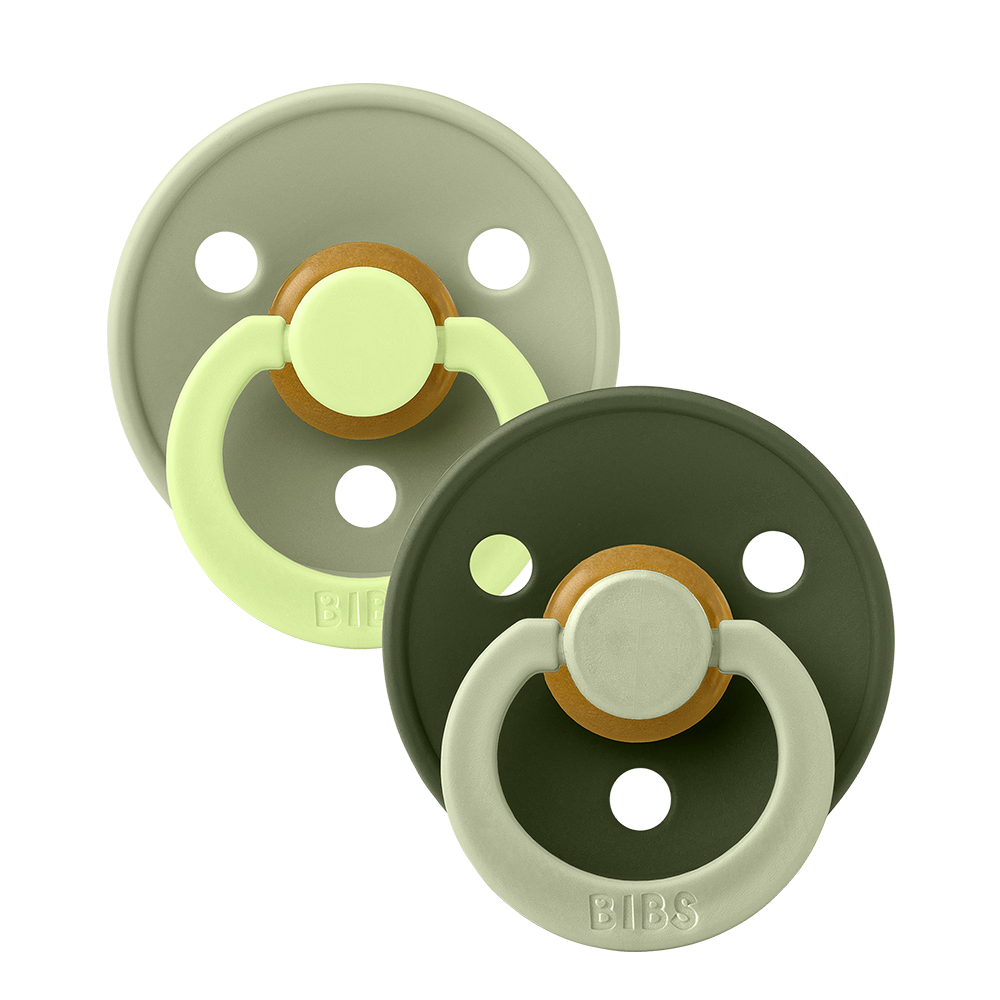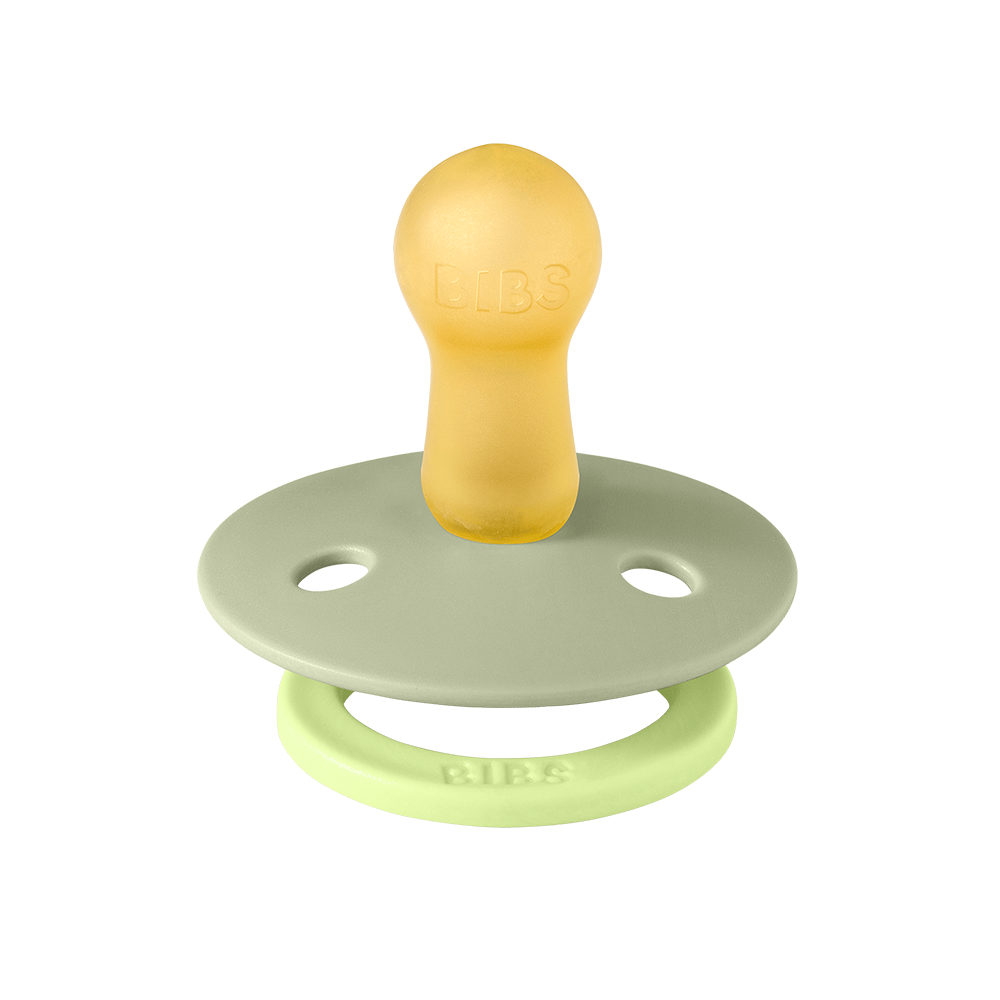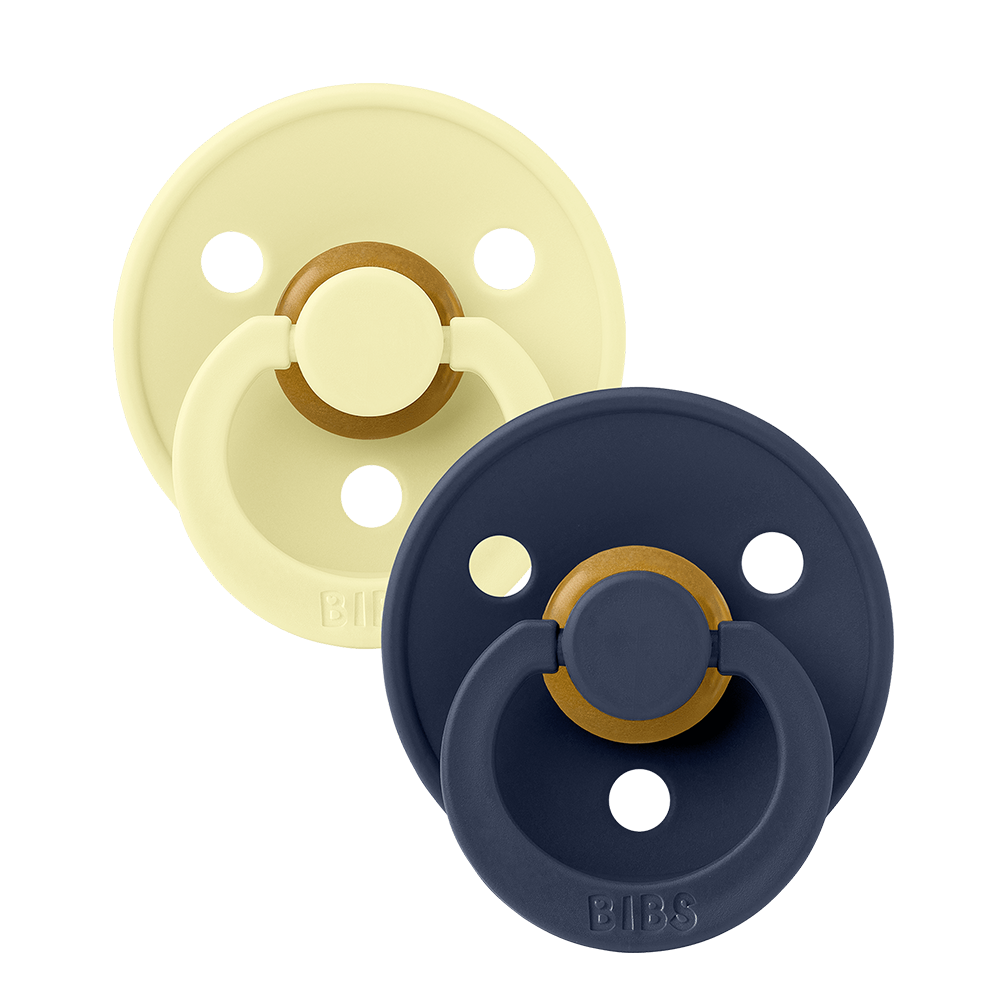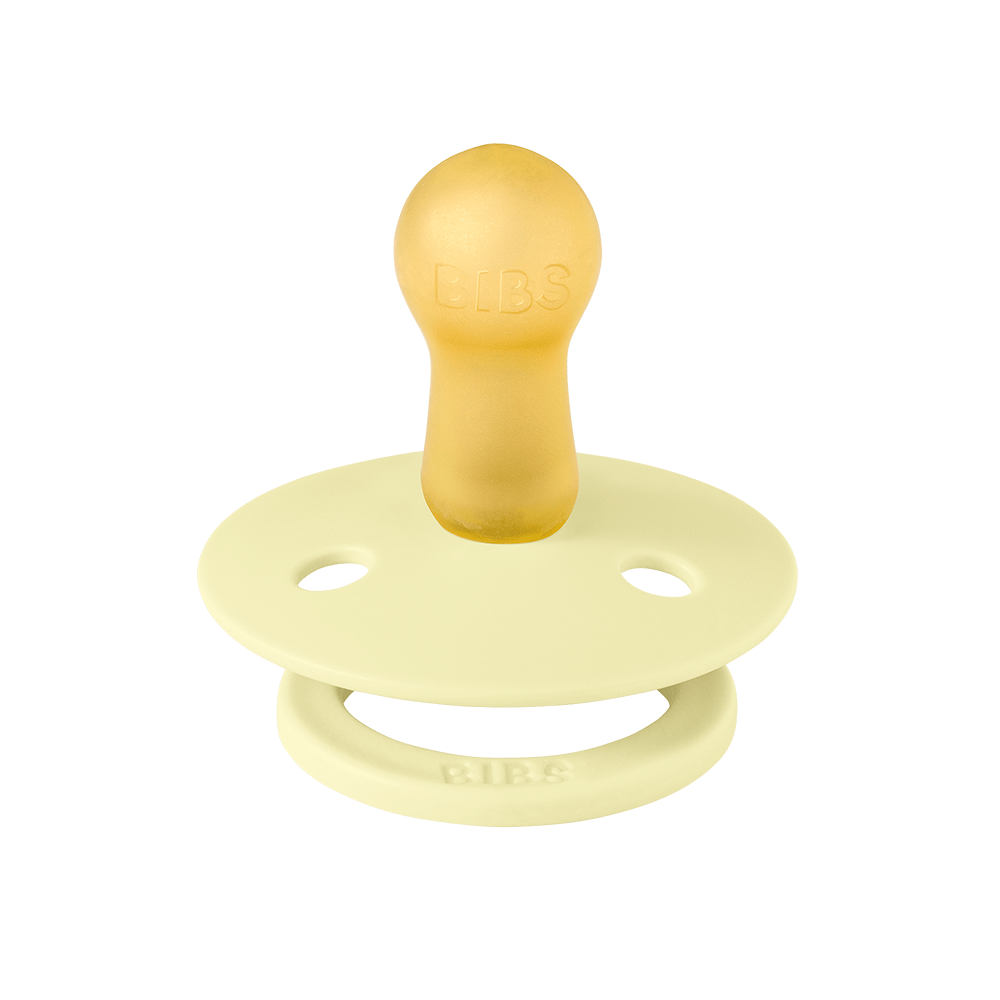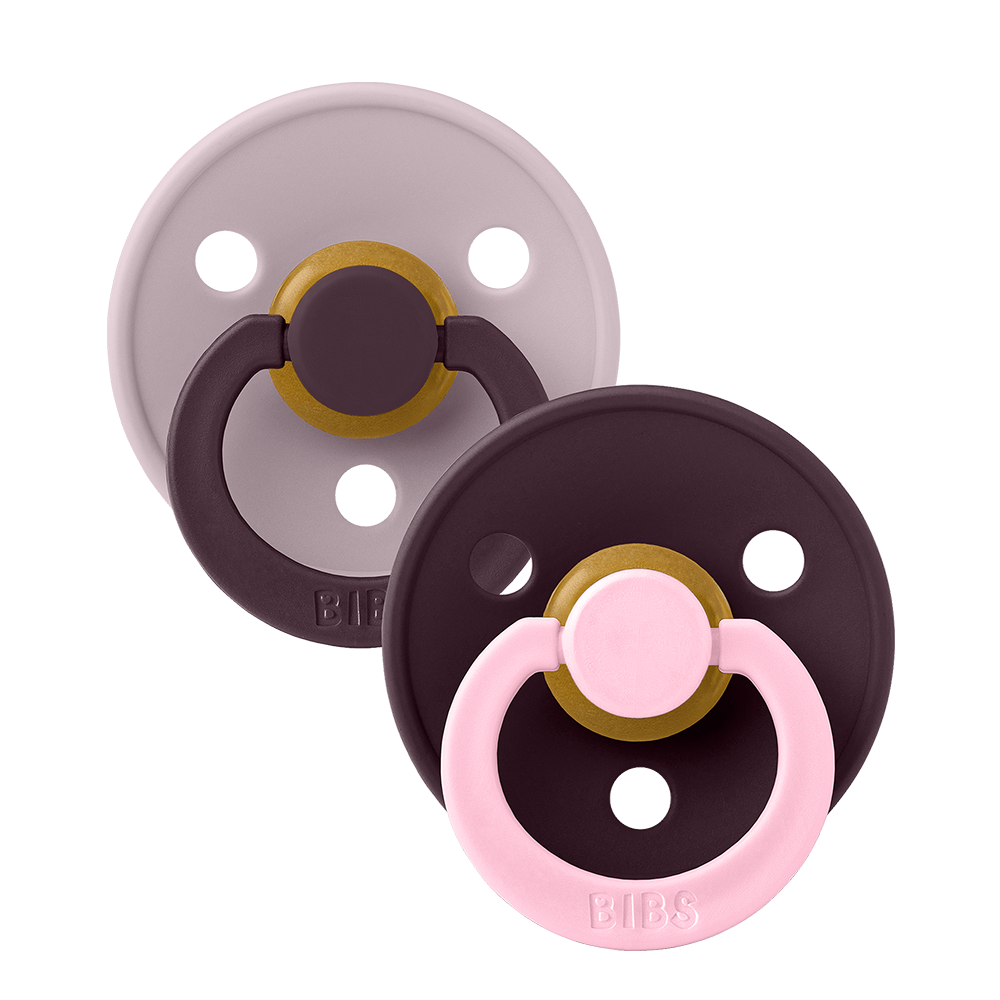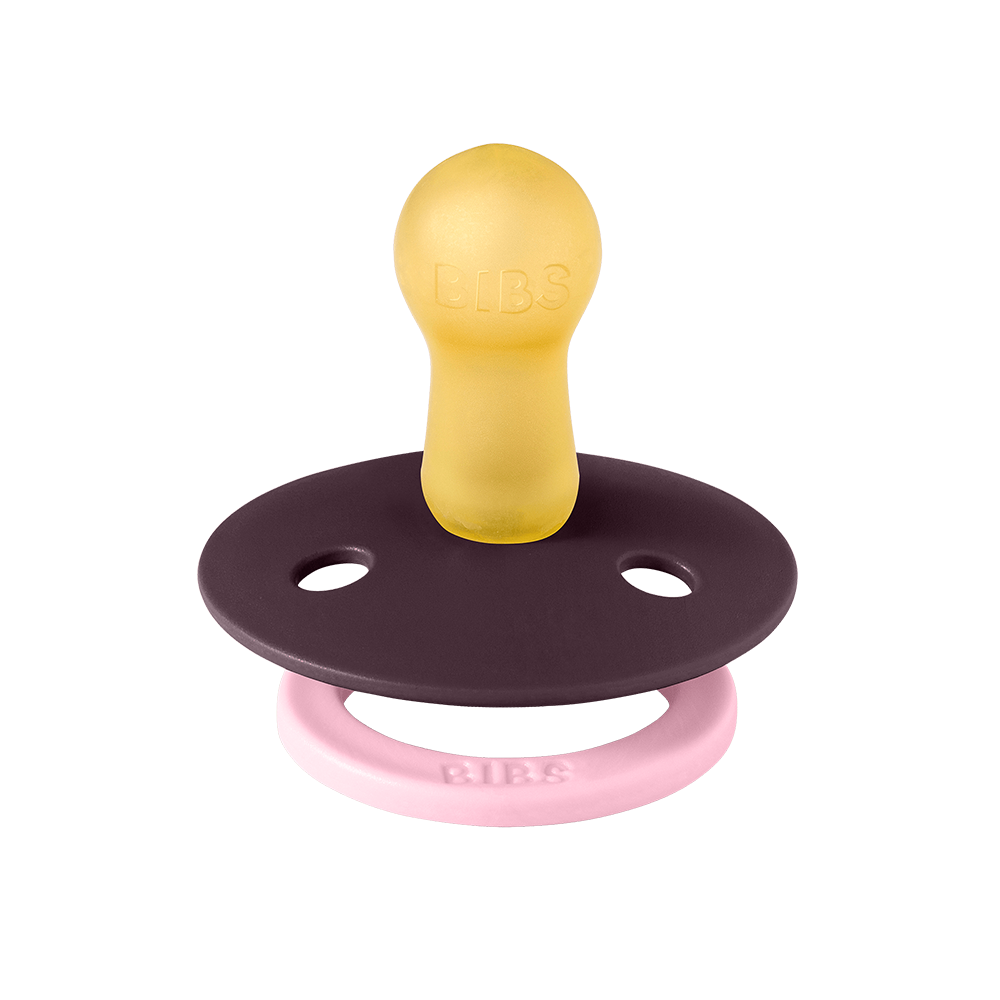Extended Breastfeeding and Your Toddler: Benefits and Guidelines

Extended breastfeeding is a powerful way to nourish and nurture your child beyond their first year. In the US, this parenting choice is gaining recognition for its emotional and nutritional benefits, even as it sometimes faces unnecessary stigma. Whether you're already on this journey or just considering it, understanding what extended breastfeeding really looks like can help you make informed, confident decisions.
Why Extended Breastfeeding Matters
For many families, extended breastfeeding continues to provide key nutrients, immunity boosts, and emotional reassurance. Breast milk remains a rich source of protein, calcium, and antibodies well into toddlerhood. More than just food, it's comfort, routine, and a way to slow down together in a fast-paced world.
Complementing Solids With Breast Milk
By 12 months, toddlers are diving into solids, but breast milk still matters. It fills nutritional gaps and offers protection during cold and flu seasons. Offer a colorful variety of foods while continuing to nurse, especially during emotional transitions or picky phases. Pair meals with water or milk in a toddler-friendly bottle for hydration and habit-building.
Adjusting to New Breastfeeding Patterns
As your toddler grows, breastfeeding frequency often shifts. Some nurse mostly at bedtime or naptime, using it as a grounding tool. Others nurse more sporadically, especially during teething or illness. Let your routine evolve, always listening to your child’s cues and your own comfort.
Finding Comfortable Nursing Positions
Nursing a squirmy toddler is an adventure. You might try upright positions, side-lying in bed, or even nursing while standing. Find what works for both of you. Keep cozy tools nearby, like a cuddle cloth or a soft blanket for extra support and snuggle time.
Common Challenges and How to Navigate Them
Extended breastfeeding isn’t without its bumps. From social scrutiny to physical fatigue, it’s okay to acknowledge the tough parts and still choose to keep going.
Facing Social Pressure
In the US, extended breastfeeding isn’t always mainstream. If you’re met with side-eyes or unsolicited opinions, remember your parenting choices don’t need approval. Educate gently if you choose, or simply nod and carry on.
The Toll on Your Body
Yes, you might feel tired or sore. It’s normal. Protect your energy with small breaks, hydration, and support from your community. If you need an alternative comfort tool, a pacifier can provide relief for both of you.
Juggling Work and Nursing
If you're working, plan your day around pumping or early morning and evening sessions. Use discreet storage gear and advocate for nursing-friendly spaces. If you’re home, create cozy rituals like post-nap nursing or bedtime bonding with a bandana bib and storytime.
Weaning With Sensitivity
Weaning isn’t one-size-fits-all. Some toddlers naturally lose interest. Others need more encouragement. Begin by dropping one session at a time and replacing it with a snack, cuddle, or playtime. Stay flexible and follow your toddler’s cues as well as your own readiness.
Tips for Gentle Weaning
- Offer alternatives like warm milk in a bottle or sippy cup
- Introduce extra cuddles during usual nursing times
- Keep favorite comfort items like a pacifier or snuggle toy close
Sample Weaning Day
| Breastfeeding Session | Alternative |
|---|---|
| Morning | Breakfast + water or cow’s milk |
| Midday | Snack (fruit, yogurt, crackers) |
| Evening | Warm milk in a bottle and bedtime story |
Trust Your Path
Extended breastfeeding is deeply personal. Some days, it's a comfort. Others, it's a challenge. But in every session, you're giving your child something powerful: closeness, nourishment, and love. You're not alone in this journey, and you're doing it beautifully.
Looking for tools to support your toddler years? Explore our bestsellers for thoughtfully designed essentials built for real life.
